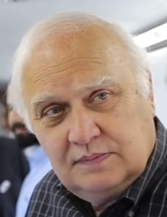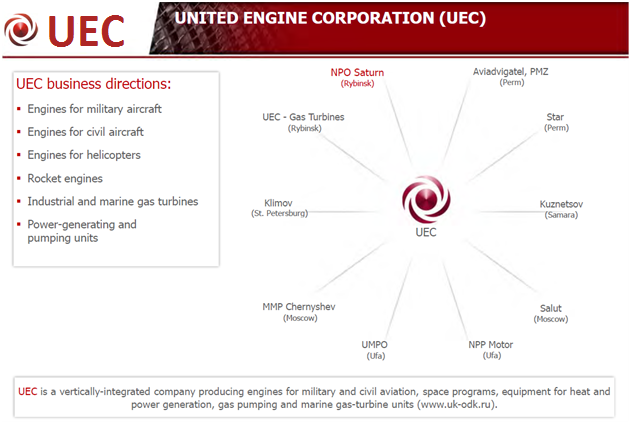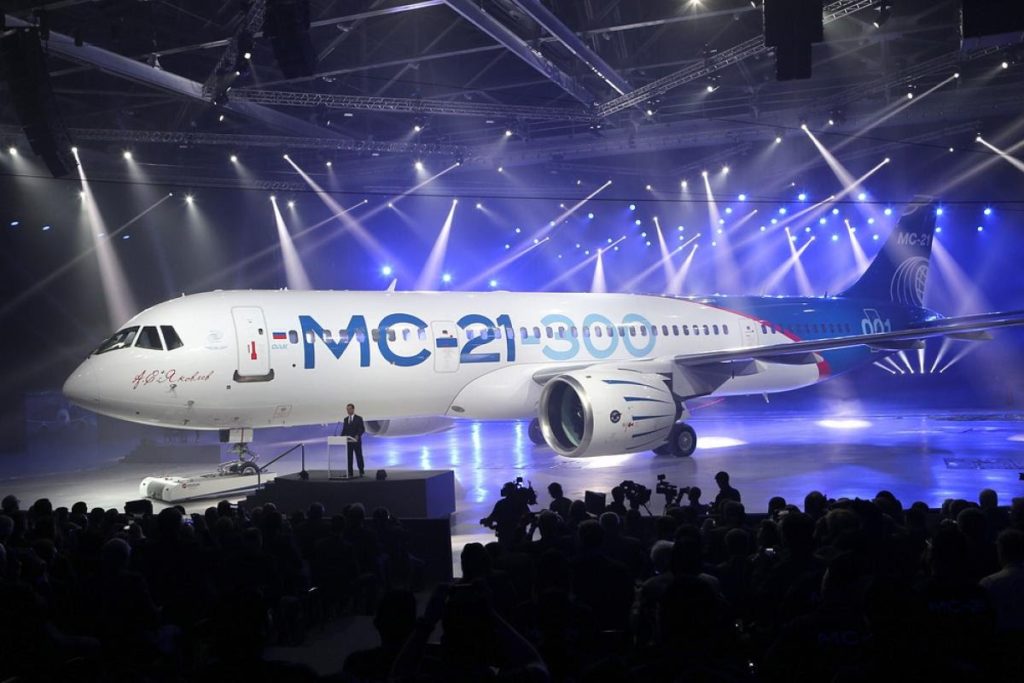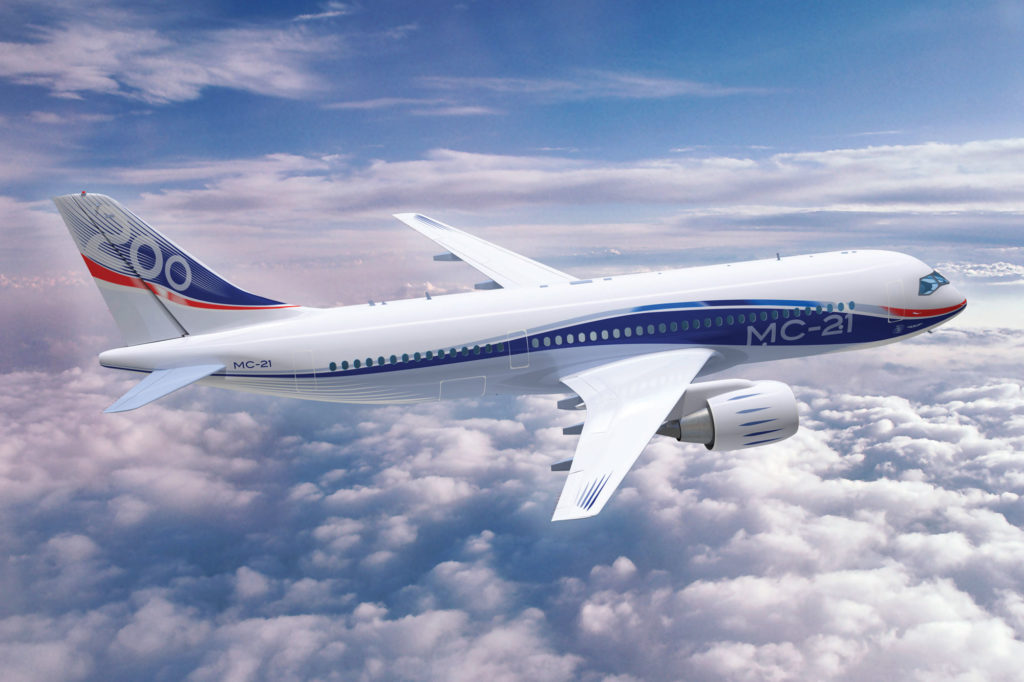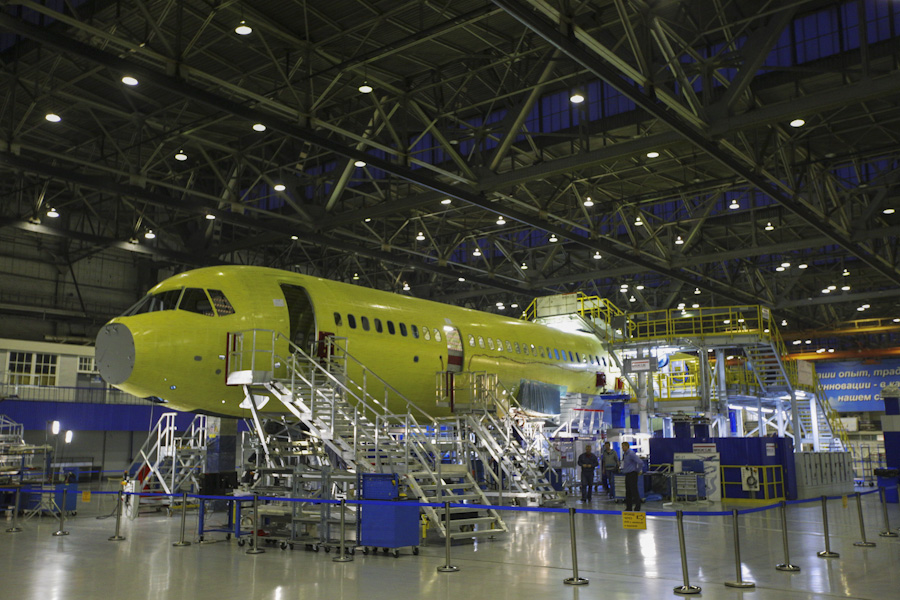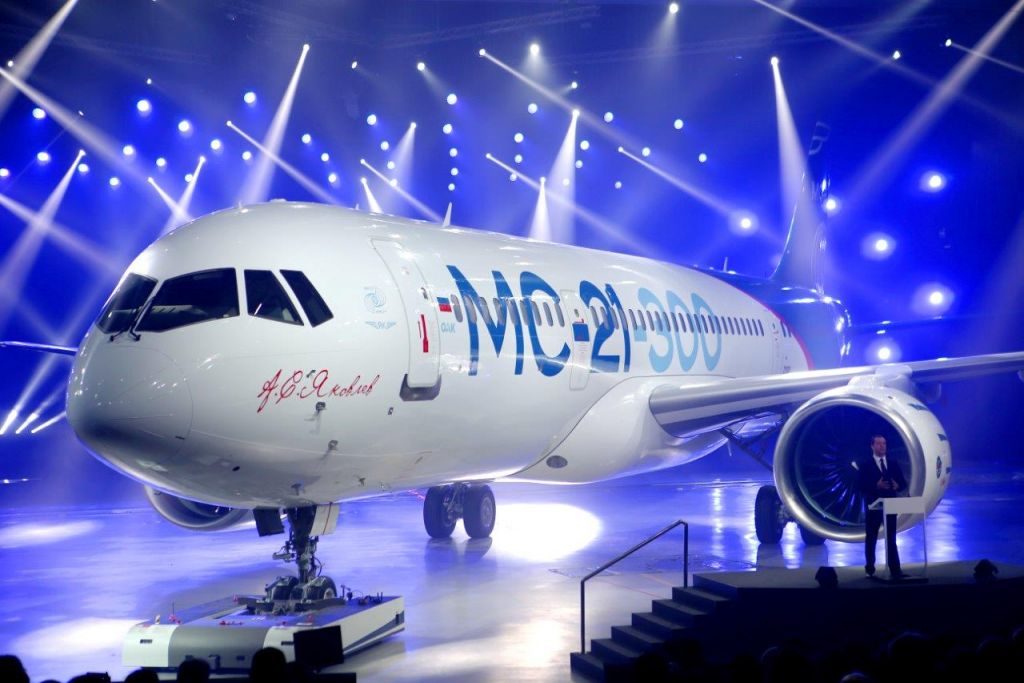Leeham News and Analysis
There's more to real news than a news release.
Leeham News and Analysis
- At long last, Boeing appears near certification and EIS for 777X
- Air India Flight 171 Preliminary Crash Report Is Unclear Regarding Pilot Actions
- Bjorn’s Corner: Air Transport’s route to 2050. Part 30.
- It’s official: MTU’s engine leader named CEO of Airbus Commercial from Jan. 1; future of Open Fan and A220-500 shifts to him
- Embraer E2: Where will the orders come from?
Pontifications: Hypocrisy and illegal subsidies at the WTO
Sept. 26, 2016, © Leeham Co.: There are two airplanes under development that are in the 150-220 passenger space.
Both are under development by companies that get state aid and make no bones about it. The aid would likely be found in violation of World Trade Organization (WTO) rules.
But the most vociferous opponent to illegal subsidies hasn’t said a peep about it.
Neither has the opponent’s rival—although this company publicly recognizes the irony of it all.
I call it hypocrisy.
Posted on September 26, 2016 by Scott Hamilton
Bjorn’s Corner; The Russian civil aircraft engine companies
September 23, 2016, ©. Leeham Co: In our Corners on East bloc aeronautical industries, we now look at the main Russian civil aircraft engine companies. As with the aircraft side, there is one overall Russian engine company since 2008, United Engine Corporation (UEC), Figure 1.
This is a state-owned holding which incorporates 80%of the gas turbine engine companies from the Soviet times, employing 80,000 people.
The aim is to coordinate and optimize Russia’s engineering and production resources around present and future gas turbine engines for Aeronautical, Naval and Stationary use.
Soviet and Russian engines have historically been named after their chief designer in the design bureau. We will now describe the main entities in UEC that work with airliner engines. Read more
Posted on September 23, 2016 by Bjorn Fehrm
Antonov, Bjorn's Corner, Irkut, Sukhoi, United Aircraft, United Engine Corp., YAK
Aviadvigatel, Irkut, MC-21, PD-14, SaM146, Saturn, SSJ100, Sukhoi, UAC, UEC, YAK
Russian-Chinese wide-body: The aircraft, Part 4
By Bjorn Fehrm
Subscription required.
Introduction
September 15, 2016, ©. Leeham Co: In Part 3 of this series, we identified the type and size of wing we would have on a new Russian-Chinese wide-body. It’s now time to go through all the considerations around the engines for the aircraft.
The aircraft would enter the market around 2025. We would have to decide on what size engine that would be needed, what engines would be available at the time and could this project motivate any new engine developments.
Summary:
- The Russian-Chinese wide-body as outlined would require engines in the size class of the Boeing 787-9/10.
- GE and Rolls-Royce have been mentioned as engine suppliers. The question would be: will they offer updated 787 engines or new designs and will Russia compete with its announced engine project for the aircraft?
Posted on September 15, 2016 by Bjorn Fehrm
Airbus, Boeing, China, Comac, Future aircraft, GE Aviation, Irkut, Premium, Rolls-Royce, United Aircraft, United Engine Corp., YAK
787-10, 787-9, A350, Airbus, Boeing, Comac, IL-96, Irkut, MC-21, UAC, UEC
Bjorn’s Corner: East bloc aeronautical industries
September 09, 2016, ©. Leeham Co: The Western world civil aeronautical industry developed a number of new aircraft (Boeing 787, Airbus A350, Bombardier CSeries, Mitsubishi’s MRJ) or aircraft variants (A320neo, 737 MAX, A330neo, Embraer’s E-Jet E2) during the last 15 years. The last of these projects (A330neo) is entering flight tests within six months.
Over the next 10 years there will be few new Western hemisphere aircraft projects. But there will be action in the east, in Russia and China. We therefore will cover these projects in more and more articles.
To give a background to these articles, I will spend some Corners to describe some of the differences between the Western and Eastern aeronautical industry. A lot of these differences will come from the industry’s history. We will start with Russia’s airframe industry. Read more
Posted on September 9, 2016 by Bjorn Fehrm
Russian-Chinese wide-body; The aircraft Part 3
By Bjorn Fehrm
Subscription required.
Introduction
September 08, 2016, ©. Leeham Co: Having covered the possibilities of reusing parts of the Il-96 fuselage for a new Russian-Chinese wide-body, it’s now time to look at the existing IL-96 wing and how far this is from a modern design.
The intent is not to propose that the existing wing is reused but rather to check the technology level against western designs and how big a leap it will be for the partners to make a modern high performance wing for the aircraft.
Summary:
- The IL-96 wing is roughly on the technological level of the Airbus A340-300 wing with a bit lower aspect ratio.
- The dimensions are close to what is needed for the new wide-body but sweep and aspect ratio needs to be changed for a new wing.
- A wing for a 2025 long range wide-body also need a more modern construction technology than classical aluminum alloys.
Posted on September 8, 2016 by Bjorn Fehrm
Irkut MC-21-200 deepened analysis
By Bjorn Fehrm
Subscription required.
Introduction
August11, 2016, ©. Leeham Co: In February we did the first analysis of the Irkut MC-21-200. The analysis was made on the first data available. During the Farnborough Air Show, we got more information around the MC-21 and could see that an update of our first analysis was called for.
At the time we compared the MC-21-200 to Airbus A320 and concluded they are about the same size. With the new information, we could see that there is a size difference.
Summary:
- The MC-21-200 is close to Airbus A320neo in external dimensions, a bit smaller in the cabin and has lower take-off weights.
- Irkut, the OEM, suggested standard two class capacity is 132 seats. This is with space to spare in several places.
- To make a fair efficiency comparison with the A320neo, we develop an optimized cabin for the MC-21-200.
Posted on August 11, 2016 by Bjorn Fehrm
Pontifications: Twelve new designs in 10 years spurred orders
Aug. 8, 2016, © Leeham Co.: The book:bill for Airbus and Boeing this year will be hard-pressed to reach one. Airbus has a better shot, given lower production rates. But the recent years of record-setting orders are over for now.
Unlike some, this doesn’t represent a bursting bubble to LNC. Rather, it’s a natural progression of the cycles that are historically seen.
It’s necessary to put some context into the recent years of these unprecedented number of orders.
Posted on August 8, 2016 by Scott Hamilton
Irkut MC-21-300 analysis, Part 3
By Bjorn Fehrm
Subscription required.
Introduction
August04, 2016, ©. Leeham Co: With the classification of the Irkut MC-21-300 done in terms of its size segment (it’s close to the Boeing 737 MAX 9 in size) and the key data of the aircraft analyzed, it’s now time to look at aircraft efficiency and payload-range performance.
We will do this with two cabin configurations for the aircraft. The first will be the nominal two class seating as proposed by the OEMs. For the second, we use a single class layout with 30-inch seat pitch.
Summary:
- The MC-21 has problems to compete with the re-engined 737 MAX 9 in terms of efficiency when using the standard two class cabins.
- When we switch to a single class high density layout, the fuel efficiency improves. The MC-21-300 exit concept is then more similar to the MAX 9, which affects efficiency in a positive way.
Posted on August 4, 2016 by Bjorn Fehrm
Irkut MC-21; we look at the MC-21-300, Part 2.
By Bjorn Fehrm
Subscription required.
Introduction
August 01, 2016, ©. Leeham Co: After having found the nearest competitor to the Irkut MC-21-300 as the Boeing 737 MAX 9 in our first article, we now go deeper in the comparison of the two aircraft.
In the first article, we found that the aircraft have almost identical cabin dimensions. Now we will look at other areas like airframe dimensions, weights and data which dictate overall performance.
Summary:
- The MC-21 has cabin dimensions which are very close to the 737 MAX 9.
- The nominal two class seating by Irkut is lower than the MAX 9. We have assumed that this will increase during the lifetime of the MC-21.
- We also compare other data between the MC-21-300 and the MAX 9, such as weights, wetted areas and effective wingspans to see if these are similar as well. In the end these dictate the aircraft’s efficiency together with the engines.
Posted on August 1, 2016 by Bjorn Fehrm
Airbus, Boeing, CFM, Irkut, Pratt & Whitney, Premium, United Aircraft, United Engine Corp., YAK
737 MAX, A320NEO, A321, Airbus, Boeing, CFM, Irkut, MC-21, Pratt & Whitney, UAC, UEC
IRKUT MC-21; we look at the MC21-300.
By Bjorn Fehrm
Subscription required.
Introduction
July 28, 2016, ©. Leeham Co: In February we did a first analysis of the new Irkut MC-21 single aisle aircraft that Russia is developing. We found that the aircraft has its own profile; it’s not a copy of a Western design. Irkut is the company within Russia’s United Aircraft group which is developing MC-21 (or rather, its design bureau, Yakovlev, is). Irkut has also gone its own way in sizing the aircraft.
In our February analysis, we found that the first aircraft being developed, the MC-21-300, is larger than both the Airbus A320 and Boeing 737 MAX 8, the present top sellers in the single aisle market. At the time, we decided to analyze the aircraft which was closest to those two in size, MC-21-200, which is the second variant in development. We will now look at the larger MC-21-300 (Figure 1), the aircraft which rolled out in June and which will fly early next year.
Summary:
- The MC-21 has its own profile; it is not a copy of a Western aircraft. It has a wider cabin than the A320 and a higher capacity in its base variant, the MC-21-300.
- The MC-21-300 is smaller than an A321. It most closely resembles a Boeing 737 MAX 9 in size. We will therefore conduct the analysis of the MC-21-300 by comparing it to the largest Boeing MAX variant.


